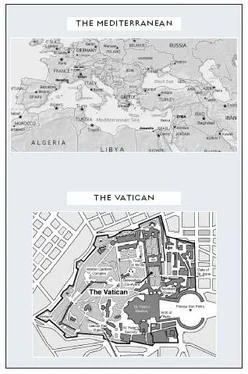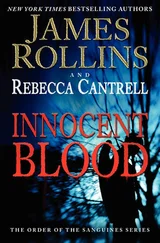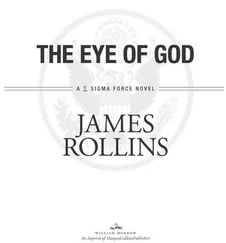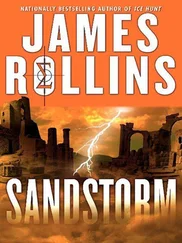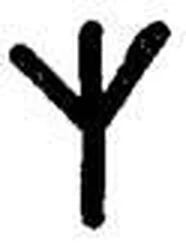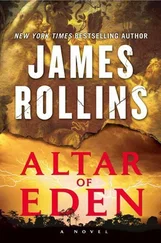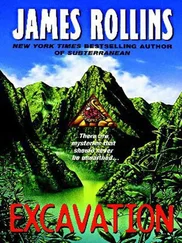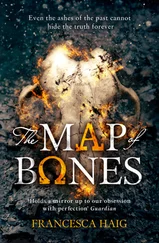Gray was cut off by a raised palm. “If you’ll let me continue, you might learn something.”
Gray bridled but kept silent. Besides being a Vatican spy, Vigor was also a university professor. He plainly didn’t like his lectures being interrupted.
“In the early years of the church, secrecy remained paramount, requiring surreptitious meetings in caves and crypts. This led to different groups being cut off from one another. First by distance, with major sects in Alexandria, Antioch, Carthage, and Rome. Then, with such isolation, individual practices began to diverge, along with differing philosophies. Gospels were popping up everywhere. The ones collected in the Bible: Matthew, Mark, Luke, and John. But also others. The Secret Gospel of James, of Mary Magdalene, of Philip. The Gospel of Truth. The Apocalypse of Peter. And many others. With all these gospels, different sects began to develop around them. The young church began to splinter.”
Gray nodded. He had attended the Jesuit high school where his mother had taught. He knew some of this history.
“But in the second century,” Vigor continued, “the bishop of Lyons, Saint Irenaeus, wrote five volumes under the title Adversus Haereses. Against Heresies. Its full title was The Destruction and Overthrow of Falsely So-called Knowledge. It was the moment where all early Gnostic beliefs were sifted out of the Christian religion, creating the fourfold Gospel canon, limiting the Gospels to Matthew, Mark, Luke, and John. All others were deemed heretical. To paraphrase Irenaeus, just as there are four regions of the universe, and four principal winds, the church needed only four pillars.”
“But why pick those four gospels out of all the others?”
“Why indeed? Therein lies my concern.”
Gray found his attention focused more fully. Despite his irritation at being lectured, he was curious where all this was leading.
Vigor stared out across the lake. “Three of the Gospels — Matthew, Mark, and Luke — all tell the same story. But the Gospel of John relates a very different history, even events in Christ’s life don’t match the chronology in the others. But there was a more fundamental reason why John was included in the standardized Bible.”
“Why?”
“Because of his fellow apostle, Thomas.”
“As in Doubting Thomas?” Gray was well versed on the story of the one apostle who refused to believe Christ had resurrected, not until he could see it with his own eyes.
Vigor nodded. “But did you know that only the Gospel of John tells the story of Doubting Thomas? Only John portrays Thomas as this dull-witted and faithless disciple. The other Gospels revere Thomas. Do you know why John tells this disparaging account?”
Gray shook his head. In all his years as a Roman Catholic, he had never noticed this imbalance in viewpoint.
“John sought to discredit Thomas, or more specifically, the followers of Thomas, who were numerous at that time. Even today you can still find a strong following of Thomas Christians in India. But in the early church, there was a fundamental schism between the gospels of Thomas and John. They were so different that only one gospel could survive.”
“What do you mean? How different could they be?”
“It goes back to the very beginning of the Bible, to Genesis, to the opening line. ‘Let there be light.’ Both John and Thomas identify Jesus with this primordial light, the light of creation. But from there, their interpretations widely diverge. According to Thomas, the light not only brought the universe into being but still exists within all things, especially within mankind, who was made in the image of God, and that the light is hidden within each person, only waiting to be found.”
“And what about John?”
“Now, John took a totally different view of matters. Like Thomas, he believed the primordial light was embodied by Christ, but John declared that only Christ held this light. The rest of the world remained forever in darkness, including mankind. And that the path back to this light, back to salvation and God, could only be found through the worship of the divine Christ.”
“A much narrower view.”
“And more pragmatic for the young church. John offered a more orthodox method for salvation, of coming into the light. Only through the worship of Christ. It was this simplicity and directness that appealed to the church leaders during this chaotic time. Contrarily Thomas suggested everyone had an innate ability to find God, by looking within, requiring no worship.”
“And that had to be squashed out.”
A shrug.
“But which is right?”
Vigor grinned. “Who knows? I don’t have all the answers. As Jesus said, ‘Seek and you shall find.’”
Gray pinched his brows. That line sounded pretty Gnostic to him. He glanced out to the lake, watching the sailboats scud past. Light shone brilliantly off the waters. Seek and you shall find. Had that been the path he had been on himself by studying so many philosophies? If so, he had come to no satisfactory answers.
And speaking of unsatisfactory answers…
Gray turned back to Vigor, realizing how far off track they had gotten. “What does all this have to do with the massacre in Cologne?”
“Let me tell you.” He held up one finger. “First, I think this attack harkens back to the age-old conflict between John’s orthodox faith and Thomas’s ancient Gnostic tradition.”
“With the Catholic Church on one side and the Dragon Court on the other?”
“No, that’s just it. I’ve been pondering this all night. The Dragon Court, while it seeks knowledge through Gnostic mysteries, does not ultimately seek God, only power. They want a new world order, a return to feudalism, with themselves at the helm, confident that they are genetically superior to lead mankind. So no, I don’t think the Dragon Court represents the Gnostic side of this ancient conflict. I think they are perverters of it, power-hungry scavengers. But they definitely have roots back to that tradition.”
Gray grudgingly conceded the point, but he was far from swayed.
Vigor must have sensed this. He lifted a second finger. “Point two. In the Gospel of Thomas, there’s a story that tells of how Jesus pulled Thomas aside one day and told him three things in secret. When the other apostles asked him what was told to him, he answered, ‘If I tell you even one of the things, you will pick up stones and throw them at me; and a fire will come out of the stones and burn you up.’”
Vigor stared at Gray, waiting, as if it were a test.
Gray was up for it. “A fire from stones that burns. Like what happened to the parishioners at the church.”
He nodded. “I’ve thought of that quote since I first heard of the murders.”
“That’s a pretty thin connection,” Gray said, unconvinced.
“It might be if I didn’t have a third historical point to make.” Vigor lifted a third finger.
Gray felt like a lamb being led to the slaughter.
“According to historical texts,” Vigor explained, “Thomas went on to evangelize in the East, all the way to India. He baptized thousands of people, built churches, spread the faith, and eventually died in India. But in that region, he was most famous for one act, one act of baptism.”
Gray waited.
Vigor concluded with great emphasis. “Thomas baptized the Three Magi.”
Gray’s eyes widened. His mind whirled with the threads here: Saint Thomas and his Gnostic tradition, secrets whispered by Christ, deadly fire cast from stones, and all of it tied back to the Magi again. Did the connection extend further? He pictured the photographs of the dead in Germany. The wracked bodies. And the coroner’s report of the liquefaction of the outer layers of the victims’ brains. He also remembered the smell of seared flesh in the cathedral.
Читать дальше
